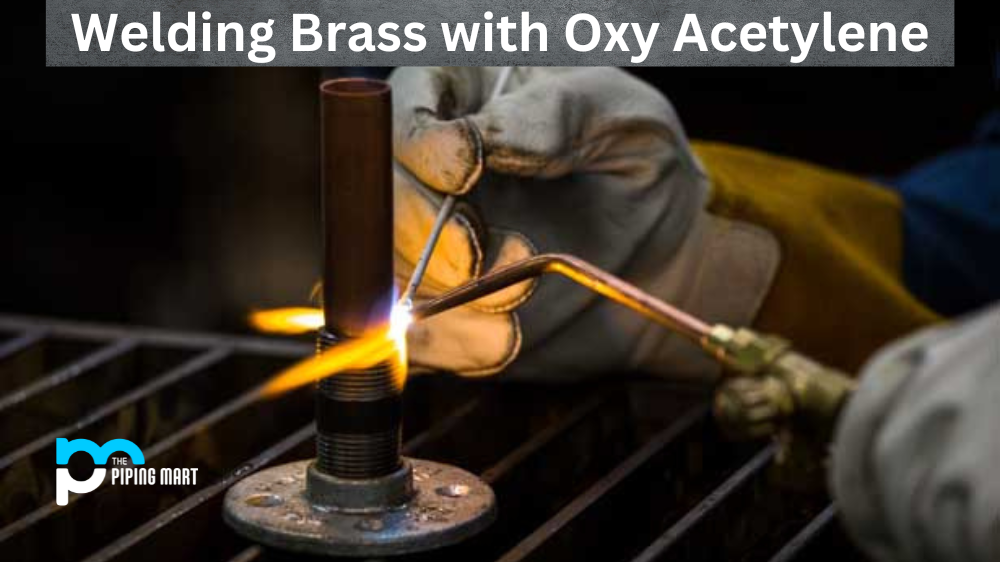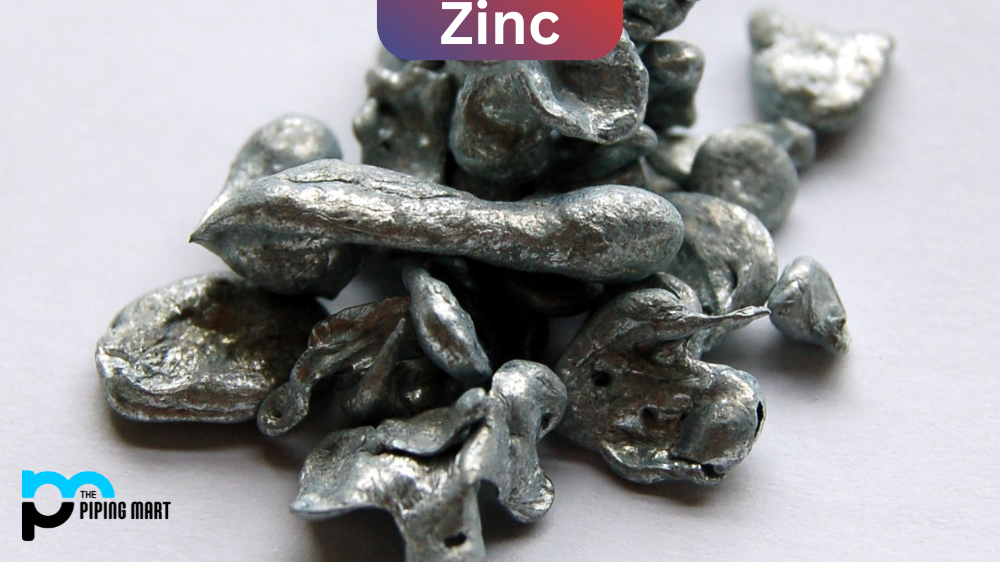Welding brass is a demanding task that requires specialized tools and knowledge. While there are many ways to weld brass, oxyacetylene welding is one of the most versatile methods for joining two pieces of brass or other metals together. In this guide, we’ll discuss the basics of welding with oxyacetylene, what equipment you need, and how to make a successful weld.
What Is Oxy Acetylene Welding?
Oxyacetylene welding (also known as gas welding) is a type of welding that uses oxygen and acetylene gases to heat the metals being joined together. It is one of the oldest forms of welding and has been used in various industries since its invention in 1903. Compared to other types of welding, oxyacetylene welding offers more control over the temperature and provides greater versatility when working with different types of metals. This makes it an ideal choice for welders who need more precision than traditional arc or MIG (inert metal gas) welding can provide.
Equipment Required for Oxy Acetylene Welding
Before beginning any oxyacetylene weld, you must first gather all of the necessary equipment. The most important item is a torch set, which includes two hoses—one for oxygen and one for acetylene—and two regulators that regulate their flow rate into the torch head. Other essential items include safety glasses or a face shield, leather gloves, spark-resistant clothing (such as denim overalls), and a fire extinguisher in case something goes wrong. Additionally, you’ll need some filler rods in order to make your welds stronger; these are typically made from steel or stainless steel but can also be made from aluminium or copper if desired.
Welding Brass with Oxy Acetylene
Once you have all your equipment ready, it’s time to begin your brass welding project! The first step is to prepare your materials by cleaning both pieces thoroughly with an abrasive pad before joining them together. Then you’ll want to adjust the flow rates on your regulators until they’re at the recommended level for the type of metal being worked on (usually around 8–10 cubic feet per hour). Once everything is set up correctly, it’s time to light your torch! Make sure you wear safety goggles at all times while doing this step; hot sparks can fly out unexpectedly! When everything looks good and safe, move on to actually making your welds by slowly moving the flame along each piece while applying filler rods as needed until they are fully joined together.
Conclusion:
Welding brass with oxyacetylene may seem like a daunting task at first, but once you understand the basics and practice a few times, it quickly becomes second nature! With proper preparation, safety precautions taken care of, and practice using quality equipment such as an oxyacetylene torch set, anyone can become a proficient welder in no time! Whether you’re looking to join two pieces of scrap metal or build something entirely new from scratch—oxy acetylene welding will help get you there safely and quickly every time. So what are you waiting for? Get out there and start building!

Pipingmart is a B2B portal that specializes in metal, industrial and piping items. Additionally, we share the latest information and information about materials, products and various types of grades to assist businesses that are involved in this business.




